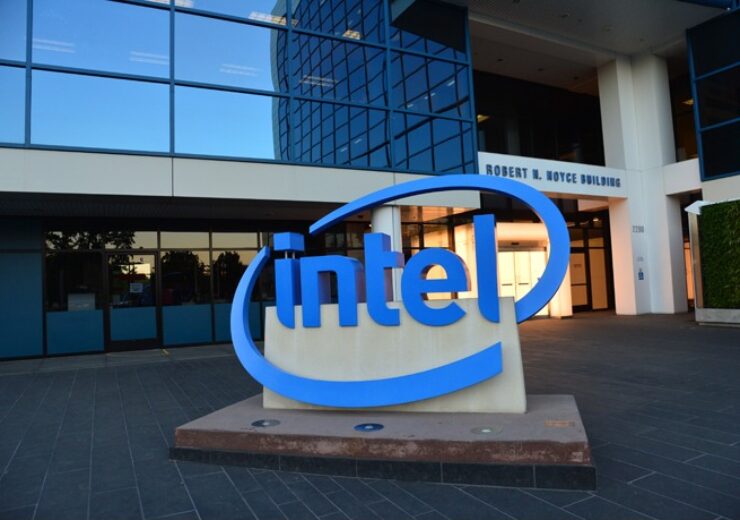The company will invest around $300m in energy conservation at its facilities to generate energy savings of four billion cumulative kilowatt hours

Intel headquarters in Santa Clara, California. (Credit: Walden Kirsch/Intel Corporation)
American semiconductor major Intel has set a target of 2040 to achieve net-zero greenhouse gas emissions in its global operations.
The company unveiled plans to further cut down its direct and indirect greenhouse gas emissions and build technology solutions that are more sustainable.
It will also focus on boosting energy efficiency and reducing the carbon footprint of its products and platforms with specific targets. Besides, the company will work with industry partners and customers to develop solutions that reduce the greenhouse gas footprint of the whole technology ecosystem.
Intel CEO Pat Gelsinger said: “The impact of climate change is an urgent global threat. Protecting our planet demands immediate action and fresh thinking about how the world operates.
“As one of the world’s leading semiconductor design and manufacturing companies, Intel is in a unique position to make a difference not only in our own operations, but in a way that makes it easier for customers, partners and our whole value chain to take meaningful action too.”
Intel’s interim milestones for the end of this decade include achieving 100% usage of renewable electricity across its global operations.
The semiconductor firm will inject an amount of nearly $300m in energy conservation at its facilities to generate energy savings of four billion cumulative kilowatt hours.
Intel said that its new factories and facilities will be built in a way to comply with the US Green Building Council LEED programme standards. This will be applied to factories and facilities that have been announced recently in the US, Europe, and Asia.
The company will also introduce a cross-industry research and development (R&D) initiative for identifying greener chemicals that have lower global warming potential and to build new abatement equipment.
Intel executive vice president and chief global operations officer Keyvan Esfarjani said: “We’re now raising the bar and entering an exciting era to achieve net-zero greenhouse gas emissions across our operations by 2040.
“This will require significant innovation and investment, but we are committed to do what it takes and will work with the industry to achieve this critical mission.”
Earlier this week, the company inaugurated Mod3, a $3bn expansion of its D1X development factory in Oregon.


